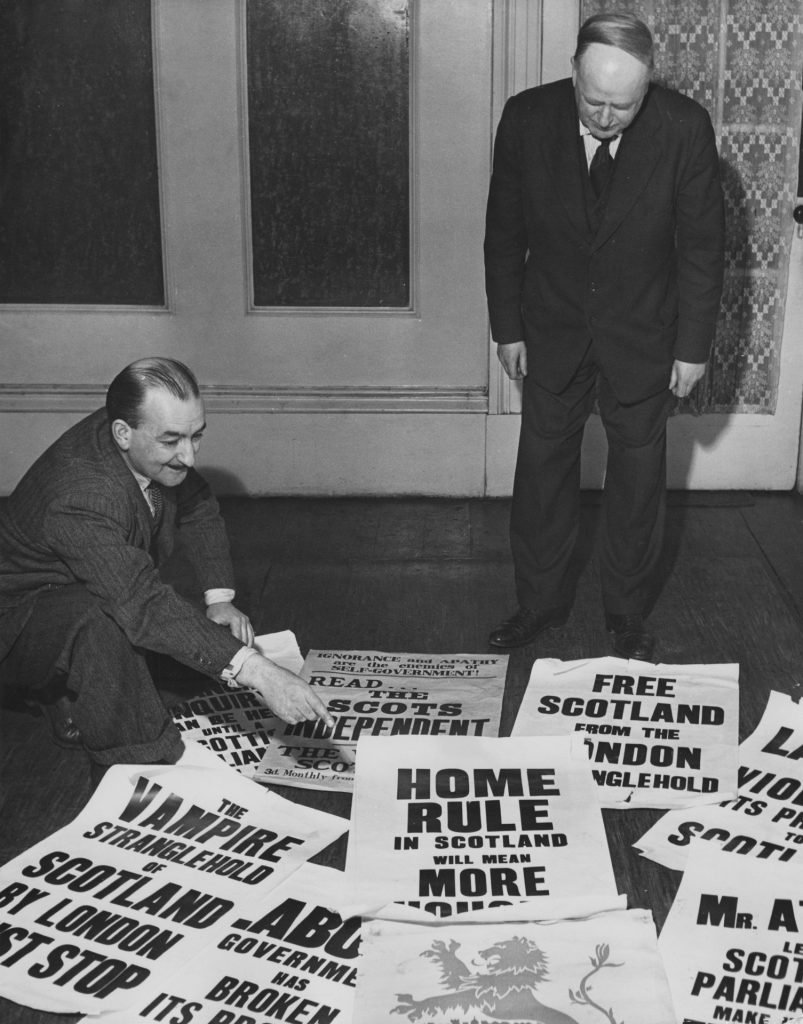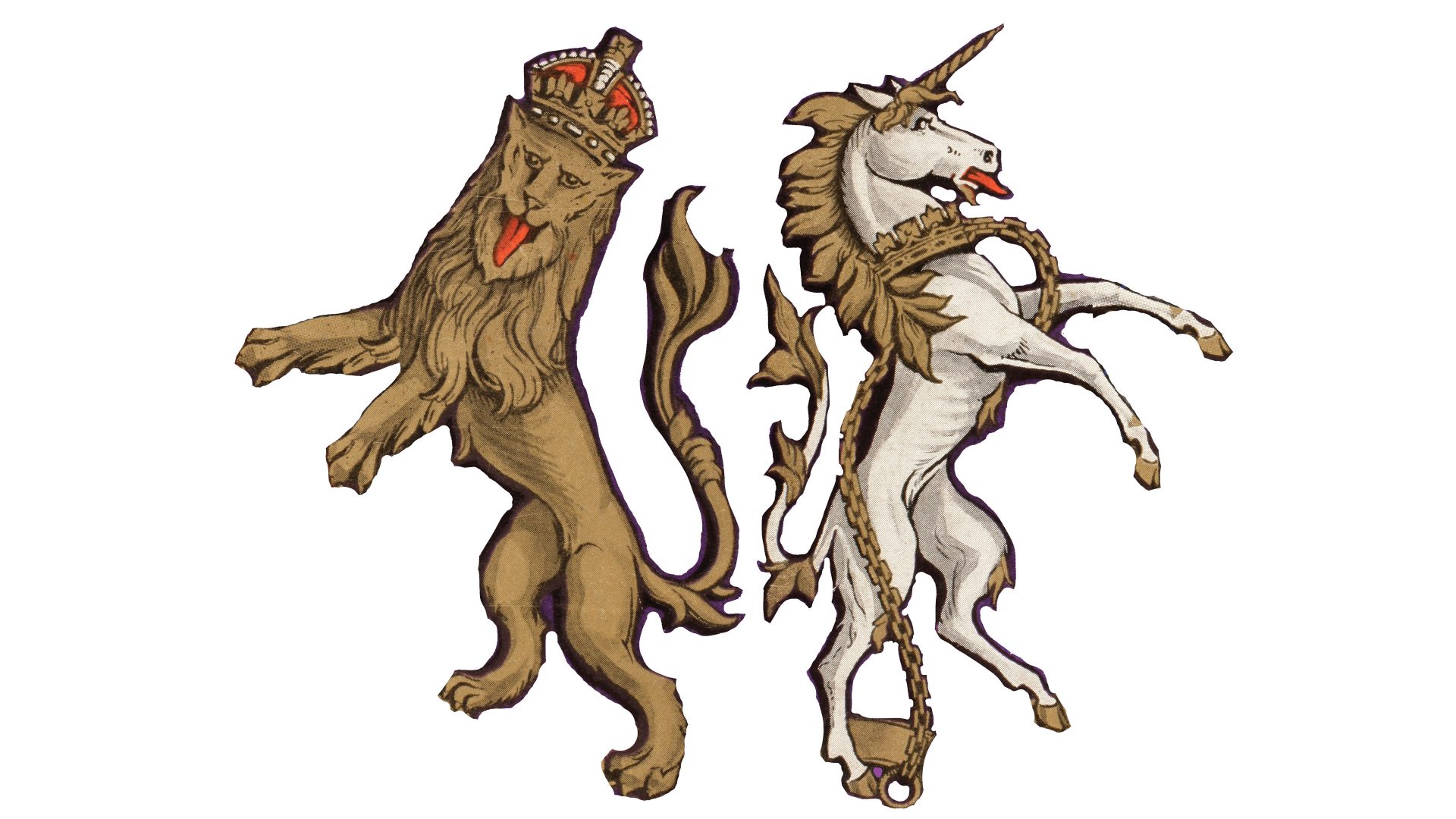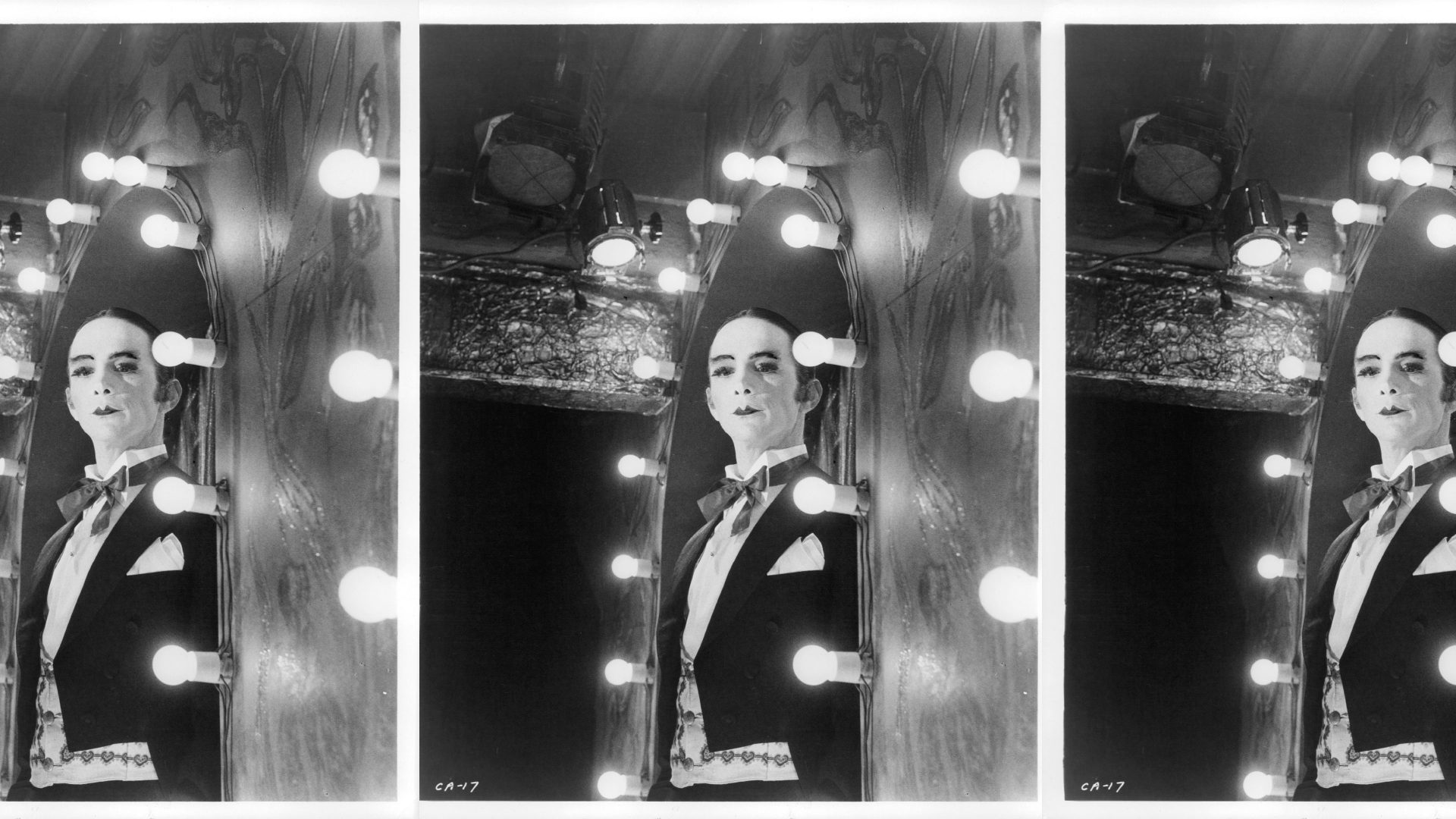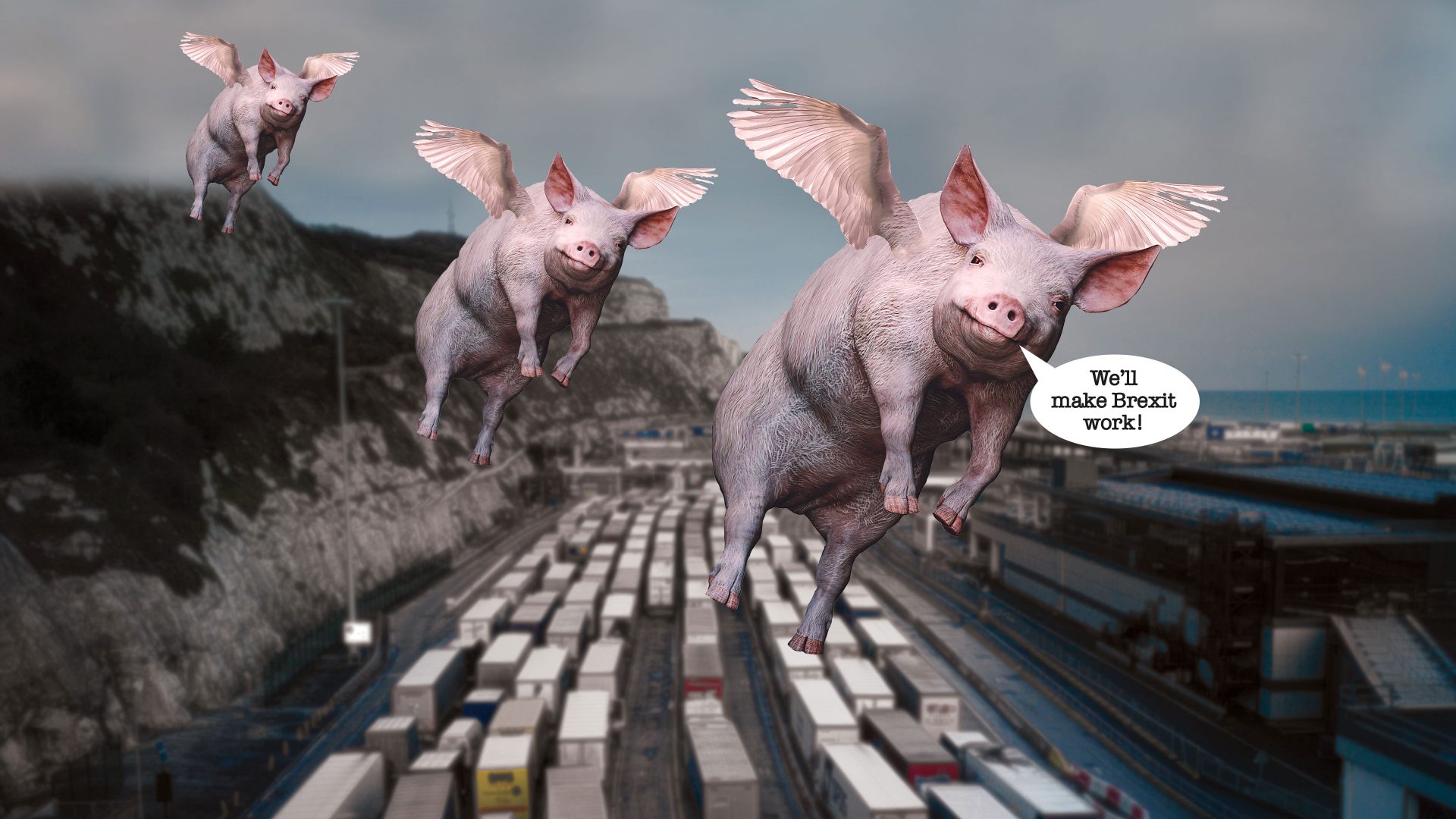Wealthier, Happier, Fairer. This is the future Nicola Sturgeon promises for Scotland in her recent 72-page summary paper laying out the prospects for an independent nation, ahead of what she hopes will be IndyRef2 on October 19, 2023.
Scottish unionists complain that what the first minister proposes will not make the country wealthier or fairer. But at the moment, it is they who are happier; confident that they have turned back the rising tide of pro-independence sentiment.
An Ipsos Mori poll on May 31 may have suggested that the Yes and No sides are again evenly matched, as they were at the start of the year, but this was an outlier. May’s average polling showed No at 52.5% and Yes at 47.5% – a movement of less than 3% towards leaving the union since the 2014 vote. The decisive move towards Yes that many predicted after Brexit has evaporated, and Scots seem increasingly reluctant to gamble on a new future with the world in the grip of several converging crises.
As Russian tanks rolled into Ukraine in the spring, a Savanta ComRes poll for the Economist found that only one in three Scots shared Sturgeon’s desire for a second independence referendum by the end of next year. This means a sizeable chunk of independence supporters themselves think a referendum in the next two years is too soon.
What has taken the momentum out of the independence movement? As recently as the summer of 2020, with the country still reeling from the first Covid lockdown, polls put support for independence at 58%. Devolved powers had never been so visibly and publicly exercised than in the first minister’s daily televised Covid briefings: Scotland had begun to feel like an independent country. Sturgeon herself was (and remains) widely admired even by many who bitterly oppose her ambition to lead Scotland to independence: one poll found that 80% thought she had handled the pandemic well, compared with just 30% for Boris Johnson.
Nationalists believed Brexit, which Scotland voted against by nearly two to one, would boost support for their case. The election of Boris Johnson would do the same: the prime minister is widely disliked and distrusted in Scotland even by members of his own party. Independence campaigners saw him as their most effective recruiting sergeant. But as the world becomes a less certain place, minds are concentrating on things beyond the binary issues of Scotland v England.
Sturgeon is now walking a tightrope. She has to satisfy those in her party who want a referendum at any cost, as soon as possible, while at the same time recognising the risk that if she goes too early, she could well lose a second time. And that would almost certainly put the independence cause on ice for decades.
Still, supporters of the union would be wise not to assume we have reached, as the Economist put it in reporting on that poll, “Peak Nat”. Drill into those polls a little deeper and you see why many nationalists believe that independence will, one day, land in their laps like fruit from a tree.
An Ipsos Mori poll for STV last December found that among 16- to 34-year-olds support for independence was at 71%, with just 29% for the union. Independence enjoys majority support among people well into middle age: 63% in favour among 35- to 44-year-olds; 58% in favour among 45- to 54-year-olds. Even the 55-64 age group divides more or less 50-50. It’s only in the 65+ age group that you start to see strong majorities in favour of maintaining the union.
“The electorate is not static,” says the SNP’s Angus Robertson, culture secretary in Sturgeon’s government and widely tipped as a future SNP leader. “There are about 50,000 new voters who come on to the electoral roll in Scotland every year, and about 50,000 [at the upper end of the age range] who depart the electoral roll. One year to the next, that doesn’t make a lot of difference. But the cumulative impact of that [means] the underlying change in Scottish politics continues.”
The story of the independence movement is not one of sudden leaps of support in response to dramatic changes of circumstances, but of long, slow, generationally driven shifts in Scotland’s sense of its place in the union and the wider world.
My grandparents were born in the first decade of the 20th century. When they thought of the wider world they Rome, but of Bombay and Singapore. They had siblings and aunts and uncles who emigrated to British colonies on the other side of the world.
The British empire bound Scotland and the Scots into a shared sense of purpose, a shared enterprise, with the rest of the UK. In Scotland, the prevailing public values of the day were aligned with those in the rest of Britain.

The same was true as the empire came to an end. My parents were born in the 1930s. They lived through the second world war as children. My father joined the RAF. The first time he saw television was when he watched the coronation in 1953 on an air base in West Germany. He sat alongside other young men from Bangor and Belfast and Birmingham.
As young adults, my parents were heirs to the postwar Britain created by the Clement Attlee government. Their children would be the first generation to get the chance to go to university. The welfare state, the great nationalised industries that dominated the postwar economy, were shared enterprises as powerful in their unifying effect as the empire had once been.
If you were a miner in Fife or Midlothian, you were part of a community of shared interest, and shared experience, with the men of South Yorkshire and the Welsh Valleys. You marched behind the same pantheon of working-class, Labour movement heroes who led the fight for better wages and working conditions.
If you were an SNP candidate in the 1960s in a place like Motherwell, the North Lanarkshire steel town, the voters on the doorstep would say: “But I work for something called British Steel. It gives me a secure, well-paid job, five weeks’ holiday, a decent pension. It’s owned by the British state. Are you going to unpick all that in an independent Scotland?”
The same was true in the ship years. Billy Connolly belonged to a generation that was lukewarm at best about Scottish independence. He used to remark that when he was a welder on the Clyde he had more in common with welders on Merseyside and Belfast and Southampton than with well-heeled Scottish businessmen or landowners. Think of those huge communities: the industrial working class was a bedrock not just of Labour solidarity, but also of British identity in Scotland.
In 1979, Scotland held its first devolution referendum. On offer from an exhausted Labour government at Westminster was a Scottish Assembly with, by the standards of today’s Scottish parliament, very weak legislative powers. But even that failed to attract sufficient support to pass the electoral threshold Westminster had set. The Glasgow Herald the next day published a cartoon that captured the public mood: the lion rampant of the Scottish battle standard lying on the ground, its paw over its eyes and the caption “I’m feart”.
Scotland had plumped for the status quo. The safe option.
And then, in the 1980s, a long, slow divergence began. For the next two decades Scotland would continue to vote against radical change. But England? England embraced change. It voted for the root-and-branch reshaping of the British economy that Margaret Thatcher offered.
The Conservatives stayed in power for 18 years. Scotland voted against them in greater and greater numbers at every opportunity.
Thatcher was rolling back the frontiers of the state, dismantling much of the postwar settlement. Scotland was voting against this change – voting to hold on to what it valued about that Britain. The experience had a transformative effect on Scotland’s sense of its place in the union. At the 1997 election, the Tories failed to win a single Scottish seat.
That same year, 18 years after the failure of the first devolution referendum, Scotland voted again, this time on setting up a Scottish parliament with strong primary legislative powers. There was by now a rock-solid three-to-one majority in favour. The electorate did not believe headlines warning of economic catastrophe, of a flight of capital, of businesses moving south. Much of that had happened anyway, under the union.
You can see in Scotland’s electoral behaviour over the last 40 years an instinct for caution; a scepticism about radical change. It has been, in this sense, a (small c) conservative electorate. By 1997, voting for a Scottish parliament seemed the safe thing to do. That parliament would be empowered not just to make changes to life in Scotland but, arguably more importantly, to block change coming from London, change that Scots had voted against.
By now, the great nationalised industries had all but gone. The communities that sustained them had fragmented and dispersed. Loyalty to Labour had been part of the identity of these communities. But so, too, had a sense of commitment to a certain idea of British identity that was now passing into history along with the coalmines, the shipyards and the steelworks.
But there’s something else you see in over the last 40 years: a revolt against the growing levels of economic and social inequality that have come to mark the Britain that emerged from the reforms of the 1980s and 90s. In 1979, I cast my first vote in Edinburgh South. It had been a Conservative seat since the 1930s. It was solid Tory territory. The Labour candidate who canvassed support in my student hall of residence was a young man called Gordon Brown. Predictably, he lost to the Tory Michael Ancram, the son of (and heir to) the hereditary peer the Twelfth Marquess of Lothian. Ancram held the seat again in 1983; but in 1987, the unthinkable happened: Labour took the seat.
The former SNP MP George Kerevan believes there is a kind of Presbyterian distaste for extremes of wealth and poverty in society. His conversion to the independence cause was “based on the need to put into practice traditional Scottish views on morality inherited from the Reformation and codified by the Scottish Enlightenment… This is a moral philosophy that definitely encourages private endeavour rather than state paternalism, but it also anchors private morality in a social context.”
In other words, private endeavour and reward should be connected in some way to the greater public good.
The SNP was founded in the 1920s. For decades it appealed to Scots’ sense of national identity. But identity politics alone did not propel it beyond the margins: the occasional spectacular byelection upset, and a handful of MPs at Westminster.
Its breakthrough would come in Alex Salmond’s leadership. He led the party on to the territory of social justice. Over a generation, the independence cause aligned itself with the values Scotland had been voting for all along. For decades, Labour’s Fortress Scotland held out. At the 2010 general election, as Labour seats in England were falling to the Tories and Liberal Democrats, sweeping Gordon Brown out of Downing Street, not a single seat in Scotland changed hands. It was the latest chapter in the great divergence. But it would be Labour’s last stand.
On the night of the 2015 general election, I was a guest at the home of friends, a well-known Labour family. When the SNP took 56 of Scotland’s 59 seats, there was stunned disbelief.
It was the independence referendum of the previous year that had changed everything. Labour’s decision to campaign alongside the Conservatives for “Better Together” in defence of the union was politically effective: the union had been saved. But it was electorally disastrous for Labour.
The independence referendum realigned Scottish politics for the first time in 100 years. The main faultline is no longer left versus right, but independence versus the union. Broadly, the cause of independence aligns itself with the values of the centre-left, squeezing Labour into third place. The much-admired former Tory leader Ruth Davidson’s achievement was to position her party as the most robust and dependable defender of the union cause.
Davidson stepped down after vigorously campaigning for Remain in 2016. Today’s Tory leader, Douglas Ross, is the leader of the opposition in the Scottish parliament, but even he felt compelled to call for the resignation of Johnson after the Partygate revelations.
The independence movement remains divided between those who want a referendum next year and those who are content to wait until the numbers look more secure. But Sturgeon has a manifesto commitment to legislate for one next year.
Will it happen? Almost certainly not. Under the Scotland Act of 1997, the constitution remains a reserved matter, which is to say competence lies at Westminster. That’s why David Cameron’s approval was needed before the 2014 referendum could go ahead.
Johnson calls his response to the SNP “muscular unionism”. He has named himself minister for the union, thus, symbolically at least, placing defence of the union at the heart of his premiership. And he has said he will block any demand for a second referendum.
The Scottish government, naturally, says this amounts to blocking the democratic will of the Scottish people who, in May last year, re-elected Sturgeon as first minister with the biggest pro-independence majority in the Scottish parliament since it was founded. (The SNP are one seat short of an overall majority, but the nine Green MSPs are also in favour of independence).
The danger for Johnson is that his approach might play into the hands of those in the independence movement who want to wait until the numbers tip more decisively in their favour.
For what is “muscular unionism”? Ciaran Martin, the senior UK civil servant who was tasked by Cameron to negotiate, with Salmond, the terms on which the 2014 referendum was held, has issued a stark warning to supporters of the union.
“For 300 years,” he says, “the union has been built on consent.” The Scots gave their consent again in 2014. But if there is no democratic route to a second referendum, or to independence itself, that changes. “Then,” says Martin, “it becomes a union built not on consent but on law. I think unionists, non-Scottish unionists in particular, need to start saying… why they think the union is a good thing.
But nationalists should tread carefully too. The first risk is going too early and suffering a second defeat.
Then there are three big questions the independence movement has not yet answered – at least not to the satisfaction of a majority of voters.
The first of these is the question of the currency. Scotland, the SNP says, would use the pound until the conditions were right for the launch of a Scottish Reserve Bank and an independent Scottish pound.
But what would happen to that currency in its early days? Almost certainly the markets would seek to exploit it. It might well lose value immediately on its launch. What would this mean for people earning in the new Scottish pound but servicing a mortgage or other debts in sterling? What would it mean for Scotland’s share of the UK’s public debt?
The second question is the border with England. It is an article of faith in the independence movement that Scotland would seek to join the EU. This would place a hard border across the island of Britain: the border with England would also be the border of the EU’s single market. Brexit has taught us the lengths to which the EU will go to protect the integrity of the single market. Scotland, in the EU, would be required to police goods coming in from England and Wales.
And the third question is the budget deficit – larger in Scotland than in the UK as a whole. The SNP believes that in the longer term, an independent Scotland would be able to grow its economy more successfully than it can as the northern outpost of a union state in which macro-economic powers are reserved to Westminster and the Bank of England. That may well be so. But in the short term? The pro-union campaign group These Islands says its polling has found that people inclined to support independence become more reluctant if they come to believe it would lead to cuts in public spending.
It is an enduring disappointment to independence campaigners that the combination of Brexit, Boris Johnson in Downing Street and the pandemic has not moved the dial on the constitution. Public opinion is, by and large, where it was before any of that happened.
But Scotland votes like a conservative country. It has voted for 40 years to try to resist the kind of change Westminster wanted to impose. Scotland did not want to walk the path Thatcher mapped out but as part of the UK it had to. The Scottish parliament is the product of that experience.
Today Scotland emphatically does not want to walk the path mapped out by Brexit. In a global pandemic, and now war with Europe, it should not be surprising that a conservative electorate has not shifted its position dramatically.
Does that mean we have reached “Peak Nat”? Almost certainly not. I spent a year travelling in Scotland in the run-up to the 2014 referendum. The independence campaign started with a solid base of around 25% of the voters. On a good day it polled in the low 30s. By the end of the campaign, it had persuaded 45%.
Why did the union win the day? There were many who voted No from a genuine sense of shared British identity. But overwhelmingly, the motivation was fear: fear of economic uncertainty.
“Let’s not put too fine a point on it,” says Martin, who was then working in Cameron’s Downing Street. “Scaring Scotland about the economic consequences of independence was basically the near entirety of the UK government’s approach.
“It worked in terms of winning the referendum. But there’s a difference between winning sufficient support to get you through a referendum and sustaining long-term support and affection – carefully chosen word – for the union.”
My grandparents’ and parents’ generations had multiple reasons for the affection they felt for a Scotland embedded in the UK. What are the great shared enterprises that align the prevailing values of the day now? What compares to the binding ties of empire, industry and welfare state?
That, in the long term, is the question those who want to see the union survive in the longer term must begin to answer.
Allan Little is a former BBC researcher, reporter and, latterly, special correspondent



